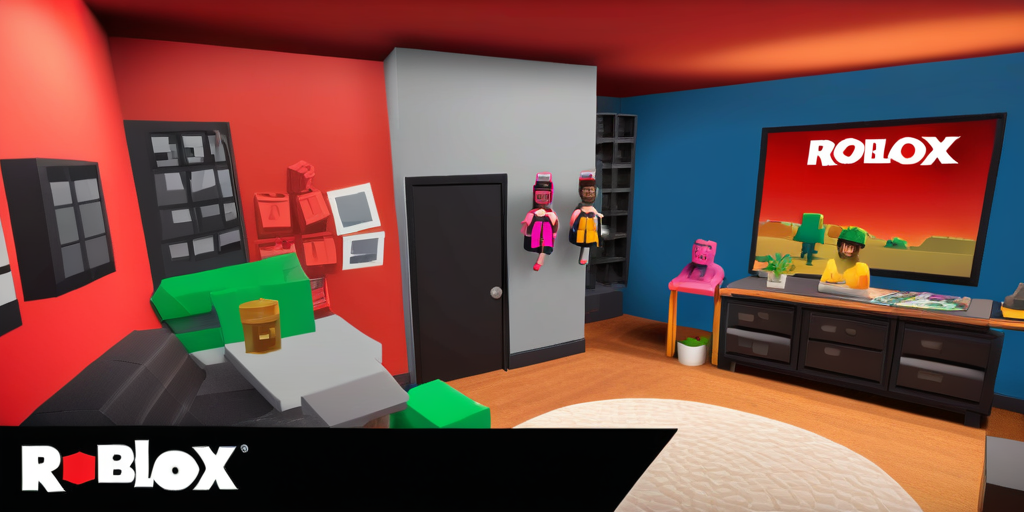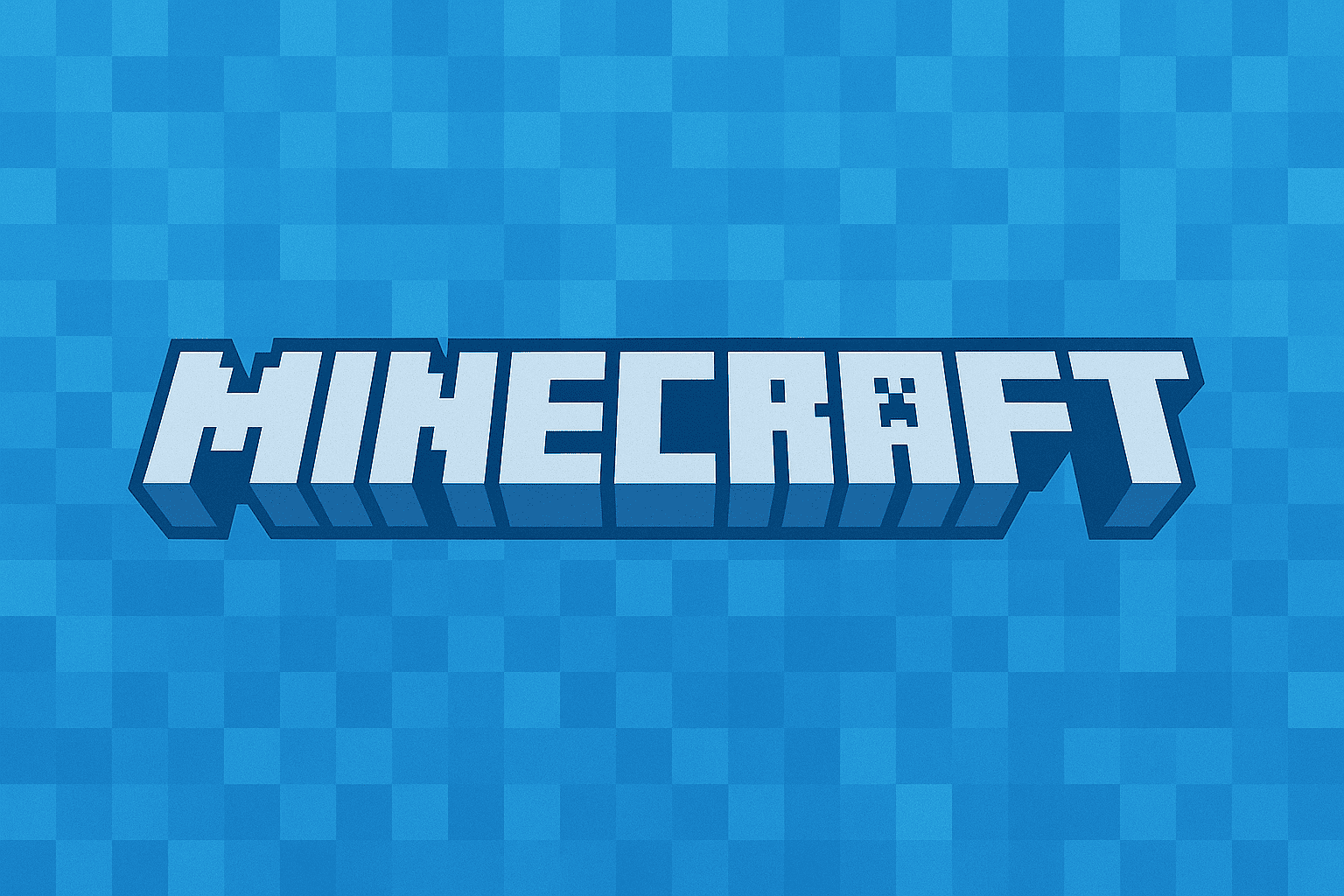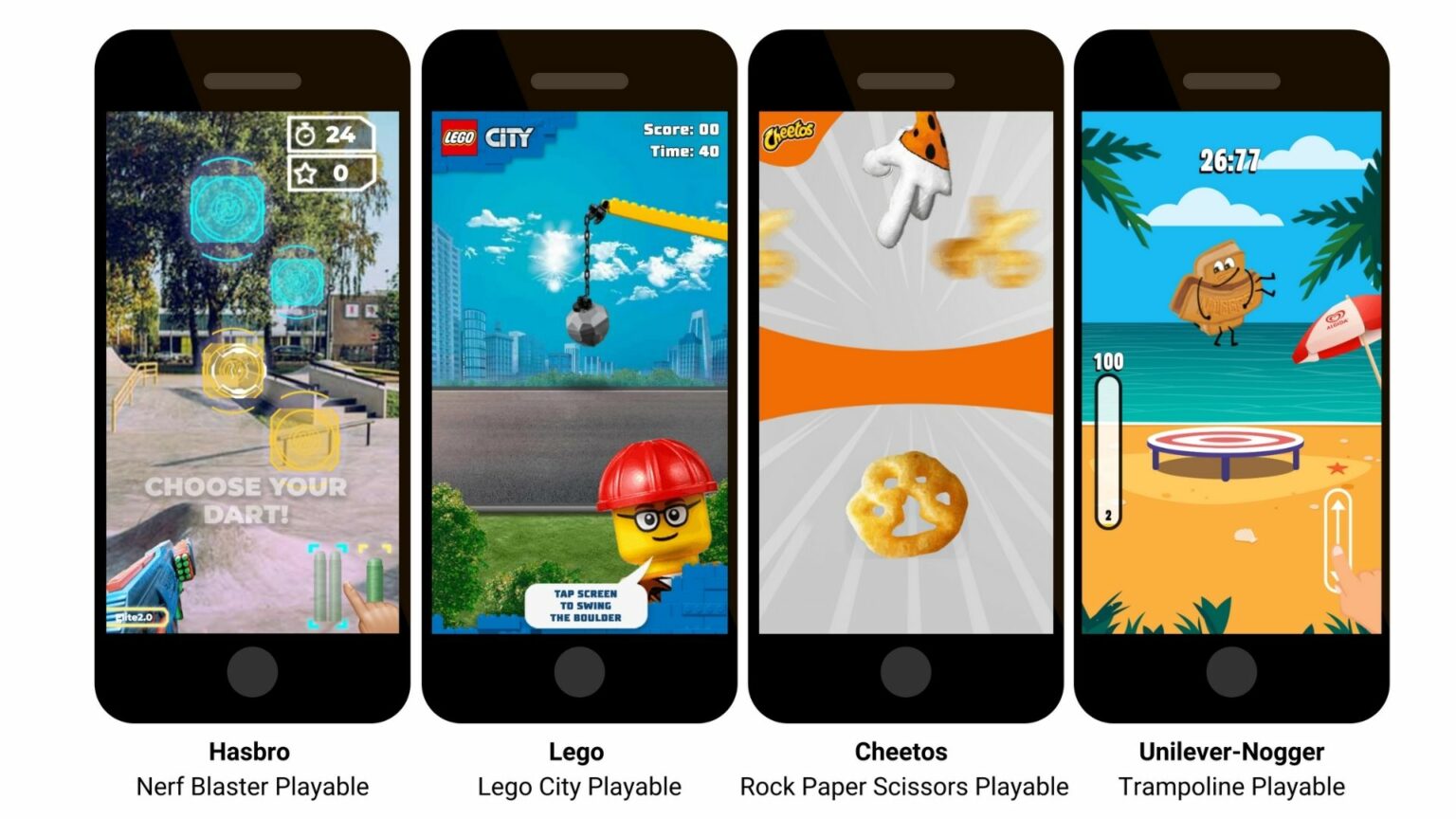In recent years, crossplay support has become an increasingly popular feature in multiplayer games, allowing gamers on different platforms like PCs, consoles, and mobile devices to play together. This has significantly expanded the gaming community by enabling friends to connect regardless of their device. Crossplay breaks down barriers, connects players worldwide, and strives to create uniform gaming experiences across platforms. In this article, we explore the rise of crossplay, its major benefits, challenges developers face, industry examples, and what the future may hold for this revolutionary concept.
The Rise of Crossplay in Game Development
Crossplay support has been an eagerly anticipated capability within the gaming industry. Traditionally, multiplayer modes were restrictive in only allowing gameplay between users on the same hardware platforms. This segregated gamers based on devices and made playing with friends who owned different systems virtually impossible.
However, with rapid advancements in mobile hardware capabilities and networking infrastructure, combined with escalating consumer demands for connectivity, crossplay has emerged as the dominant model for multiplayer gaming. Developers are now expected to incorporate crossplay by default, rather than treat it as a value-added feature.
With modern games facilitating complex interactions between thousands of simultaneous players, crossplay marks the new standard that allows friends to game together regardless of their console, phone, or computer of choice. For example, Fortnite allows up to 100 players to compete in a single Battle Royale match across platforms. Call of Duty: Warzone pits 150 players against each other on vast maps, with users entering the action via PlayStation, Xbox, or PC.
Even non-shooter genres like racing see benefits – with Rocket League enabling mobile players to take on console opponents in soccer matches with sophisticated physics and coordination across up to 8 simultaneous teammates and opponents. These immersive, high-stakes competitions thrive thanks to crossplay capabilities.
Expanding the Player Base
By far, the biggest advantage conferred through crossplay support is the substantial expansion of the player base for multiplayer games. Combining users across PC, consoles, and mobile delivers a larger pool of gamers, reduces wait times for matchmaking, forms more competitive brackets for skill-based matchups, and sustains long-term multiplayer population levels.
Under traditional divided platforms, game developers run the risk of fragmentation – when some platforms have thriving communities while others decline toward ghost-town status. However, with unified crossplay, developers can concentrate on players rather than having to split resources and updates. This ensures longevity, variety, and accessibility across all versions of the game.
Consequently, multiplayer experiences feel more vibrant, active, and social when playing with a bigger community enabled by crossplay. For example, Epic was able to drive record engagement in Fortnite by combining console, PC and even mobile players into the same lobby. This allowed friends to squad up regardless of device and created a highly social community nexus within the game. Players are motivated to invite more friends to join them, and the influx of new gamers has profound network effects for sustaining engagement over time. Call of Duty: Warzone also benefited enormously from crossplay support, sustaining over 100 million players participating and an enviable amount of daily active users compared to past franchise instalments thanks to its universality across platforms.
For game developers, crossplay support guarantees a captive and invested audience to push future game updates to, keeping players embedded in the expanding game universe.
Playing with Friends, Regardless of Platform
Beyond expanding the number of multiplayer opponents and teammates, crossplay delivers immense value by letting friends play together even if they own different gaming devices. No longer are players forced to coordinator buying the same console or game clients. Crossplay alleviates historic friction for groups with gaming preferences spanning PC, Nintendo, Xbox, PlayStation, and mobile ecosystems.
Clans stay connected regardless of hardware ownership. Families and partners can play co-operatively despite having distinct gaming setups. By bridging ecosystems, crossplay lays the groundwork for unified gaming friend lists, group chats, and invites that sync across platforms. Developers benefit since they can cater to friend groups with a diverse array of devices. Players are retained long-term, knowing their gaming buddies are all able to connect. This drives purchasing decisions as well, as groups gravitate toward titles with crossplay compatibility versus those restricting multiplayer to single platforms.
Consequently, robust social features harmonized by crossplay lead to more time played per player – showcasing exactly why this capability remains a focal part of development roadmaps moving forward.
Games like Apex Legends and Rocket League have averaged over 45 minutes of playtime per session, enabled by crossplay, allowing teammates to group up regardless of owning a PlayStation, Nintendo Switch, Xbox or gaming PC.
Even multiplayer-focused indie titles like Knockout City benefited enormously, with its approachable dodgeball mechanics resonating widely across casual mobile gamers and more competitive console fans alike. The strong player retention and viral adoption driven by social sharing underscores why developers, big and small, now treat cross-platform support as an assumption rather than a nice-to-have when conceptualizing multiplayer titles. By binding gaming communities together, crossplay unlocks new monetization opportunities as well.
Technical and Logistical Challenges
While highly appealing, crossplay comes with an array of technological and management challenges. Creating consistent gameplay, syncing content updates, designing intuitive matchmaking frameworks, and handling payments across distinct platforms demands strong engineering. Differences in hardware and input methods like controllers versus touchscreens must be smoothed out fairly by matchmaking policies and anti-cheat detection. The variety of devices also stresses game optimization and certification processes before release. On the coordination side, agreement between competing console manufacturers and mobile OS ecosystems is non-trivial too. Luckily, the formation of industry-wide standards around identity management, multiplayer APIs, and achievement tracking are lowering these barriers.
Embracing Crossplay: Industry Examples
Leading multiplayer titles have spearheaded the crossplay movement to resounding success. Epic Game’s cultural sensation Fortnite brought mobile, console, and desktop users into the same lobby and inspired a generation to demand nothing less. Psyonix’s Rocket League brilliantly transitioned its community to crossplay matchmaking to boost longevity. Call of Duty’s Warzone mode smartly ensures friends stay paired together despite owning PS4, PS5, Xbox Series X/S, or PC systems. Following public demands, Sony also reversed restrictive policies to begin openly supporting crossplay. The reception from players and critics alike continues to be highly positive for these crossplay experiences, rewarding developers who tackle the challenge.
Future Outlook to Crossplay Game Development
Powered by up-and-coming multiplayer hits like Fall Guys, crossplay support is poised to become an unconditional expectation moving forward. Multiplayer gaming lags when players get locked out from playing with friends on other hardware. Thus developers are incentivized to build unified gaming communities that span eco-systems. Advancing cloud computing may even remove technical barriers. And as virtual worlds like Fortnite evolve into open metaverse platforms, the concept of crossplay feels more relevant than ever before.
Conclusion
Crossplay empowers gamers to play with anyone, anywhere while enhancing social gaming experiences. It sustains multiplayer popularity by combining players for better matchmaking. Despite engineering complexities, crossplay delivers tremendous value to users and industry growth potential – evident through widespread support of market leaders. As gaming culture accelerates into domains like the metaverse, crossplay principles will cascade opportunities for cooperative and community-driven experiences unhindered by technology barriers. The gaming landscape will ultimately shift toward platform-agnostic ecosystem fueled by players who enjoy adventuring with their friends by their side regardless of their console, computer, or mobile device prefences.











